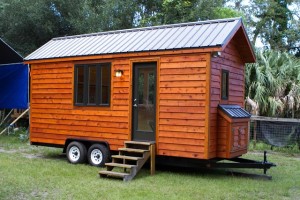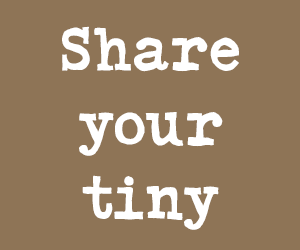The tiny house movement has taken America by storm in recent years. More and more people are downsizing their homes and their possessions in order to simplify their lives.
Living in a tiny house can be a freeing experience, giving you more time and money to pursue your passions. If you’re thinking of making the switch to a tiny house, read on for everything you need to know. Here are the questions we’ll be covering together:
The Tiny House Movement in the 2020s

Here are the questions we’ll be covering together:
What is the Tiny House Movement?
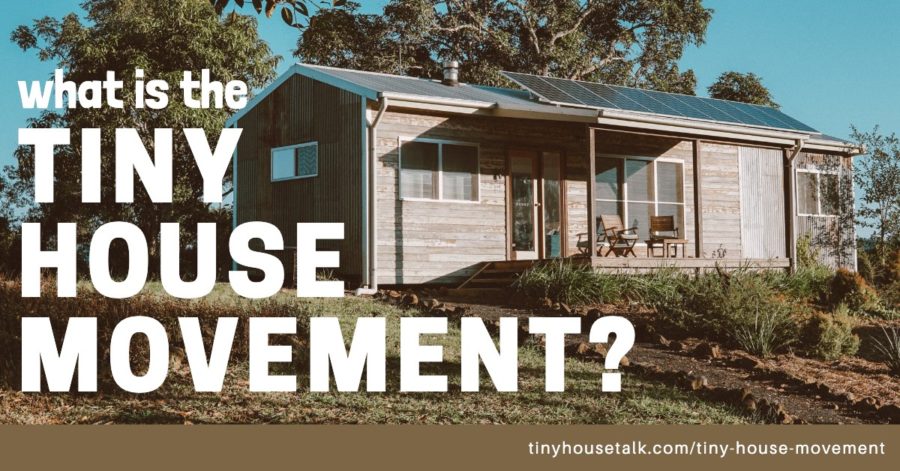
The tiny house movement is a social movement where people are choosing to downsize the square footage of their homes. The typical American home is around 2,600 square feet, but the average tiny house is less than 400 square feet. This helps people save money on things like mortgage payments, utilities, and maintenance costs. It also allows people to live a simpler life with less stuff.
How is the Tiny House Movement going?
The tiny house movement is going strong! More and more people are interested in downsizing their homes and living a simpler life. The average tiny house is only 400 square feet, which is a drastic reduction from the typical American home, which is around 2,600 square feet.
Tiny house communities are popping up all over the country! This is a great option for people who want to downsize their homes and live in a smaller space. Tiny house communities provide a supportive environment where people can share resources and connect with others who are living a similar lifestyle.
Introduction to the Tiny House Movement
The tiny house movement has been gaining popularity in the United States in recent years. More and more people are downsizing their homes and possessions in order to simplify their lives. If you’re still thinking of making the switch to a tiny house, read on for more of what you need to know.
The tiny house movement started in the 1970s when people began to experiment with alternative living arrangements that were more sustainable and economical. In recent years, the movement has gained traction as more people are looking for ways to downsize their lives, oftentimes out of necessity. There are many reasons why someone might choose to live in a tiny house, including financial freedom, environmental sustainability, and the ability to live a simpler life.
Why is the Tiny House Movement so popular?
The tiny house movement is popular for a number of reasons! Many people are drawn to the tiny house lifestyle because it helps them save money on things like mortgage payments, utilities, and maintenance costs. It also allows people to make more of their own choices.
When did the tiny house movement become popular?
The tiny house movement became popular in the early 2000s! This was around the same time that people started to become more interested in sustainable living and reducing their carbon footprints.
What is a Tiny House?
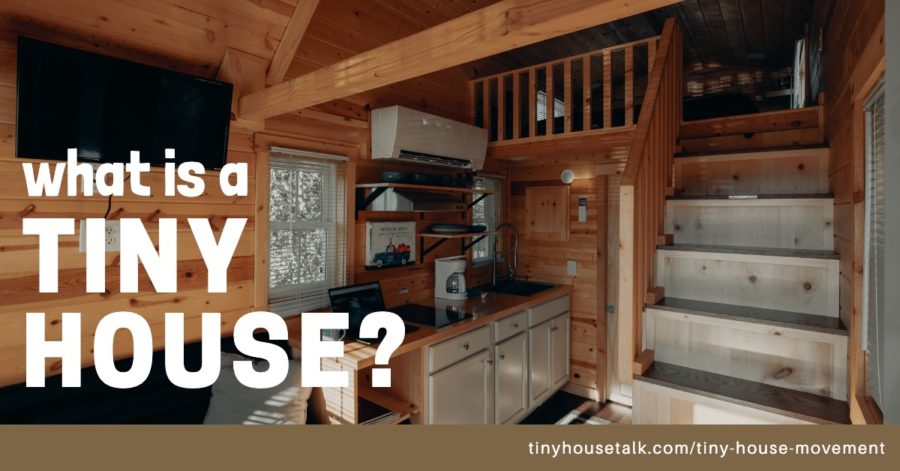
A tiny house is a small dwelling that is typically under 400 square feet. These houses are often built on trailers so they can be moved easily, and many people choose to live in them full-time as a way to downsize their possessions and simplify their lives. Some people also use tiny houses as vacation homes or guesthouses. Regardless of how they are used, tiny houses offer a unique and cozy living experience.
Types of Tiny Houses
There are several different types of tiny houses, including those on wheels (THOWs), park model homes, van conversions, school bus conversions, container homes, Earthships, and more. Tiny houses can be built from scratch or purchased as ready-made homes. Many people choose to build their own tiny houses in order to save money, but there are also a number of companies that specialize in manufacturing and selling tiny houses.
Build your own Tiny House?
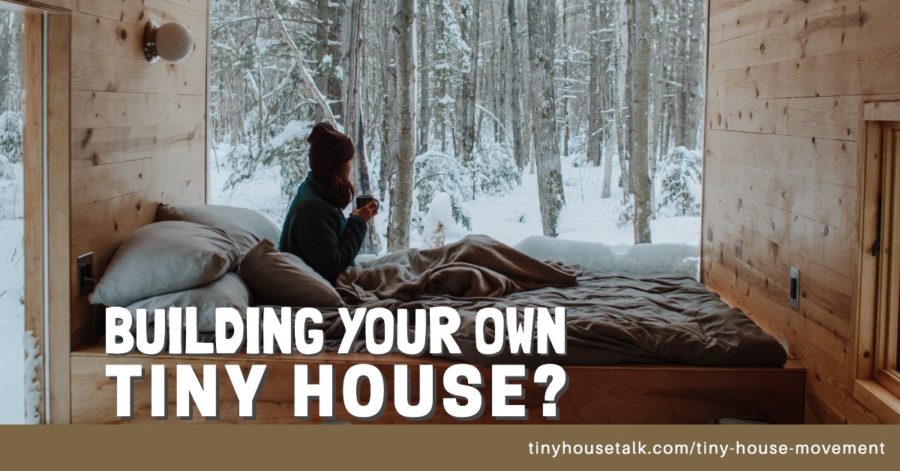
If you’re considering living in a tiny house, there are a few things you need to take into account. First, you’ll need to decide if you want to build or buy a tiny house. If you’re experienced with tools and enjoy DIY projects, building your own tiny house can be a fun and rewarding experience. However, it’s important to remember that building a tiny house takes time, effort, and money. If you’re not sure you’re up for the challenge, there are plenty of prefabricated tiny houses on the market that you can look into.
Building a tiny house can be a challenge, but it’s also a rewarding experience. The first thing you need to do is find a piece of land to build on.
How much does a tiny house cost?
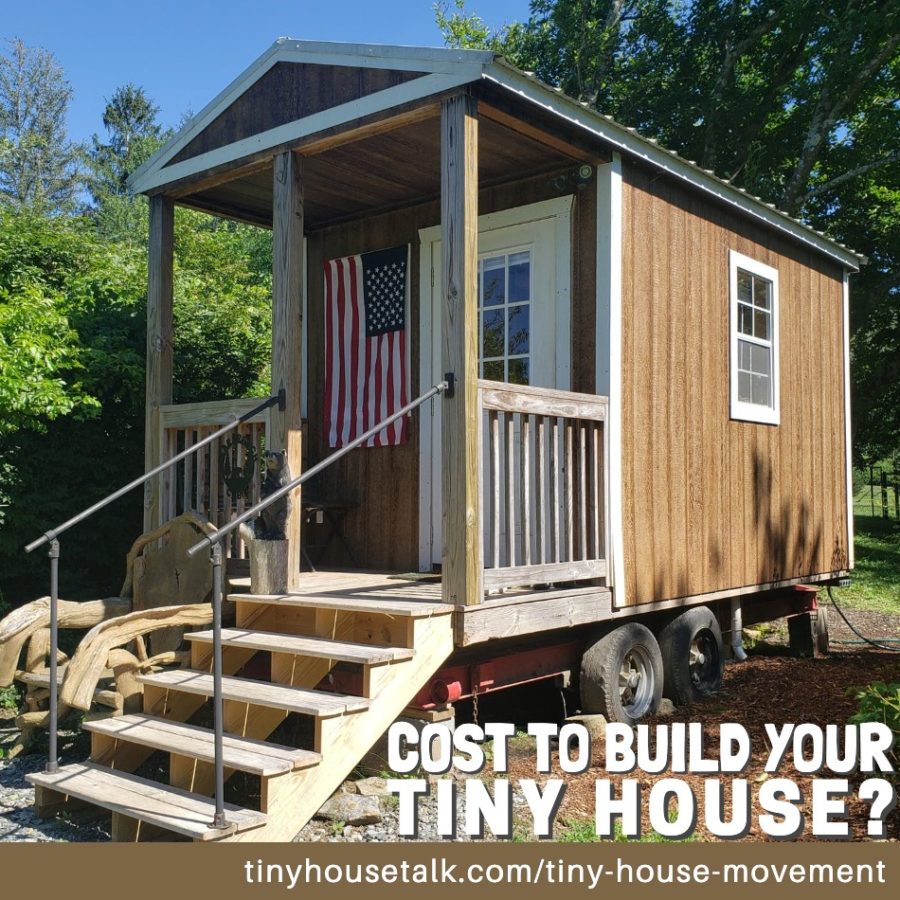
Tiny houses can cost as little as $5,000 to build yourself, or up to $100,000+ for a high-end model. The average cost of a tiny house is around $30,000 – $60,000. But remember, the cost of your tiny house will vary depending on your specific needs and wants!
If you’re looking to build a tiny house on a shoestring budget, you can definitely do it! There are plenty of ways to save money when building your own tiny house. For example, you can use salvaged or recycled materials whenever possible, DIY as much as you can, and keep your design simple.
On the other hand, if you have a bit more money to spend, you can go for a fancier build. You could hire professional help, use higher quality materials, and add in luxury features like a lift bed or a deck.
No matter what your budget is, there’s probably a way to make your dream tiny house a reality!
Where do you put a tiny house?
Another important consideration is where you’re going to put your tiny house. If you plan on living in your tiny house full-time, you’ll need to find a piece of land to park or build it on. Many people choose to park their tiny homes on wheels in RV parks or campgrounds, but you can also build your tiny house on a foundation if you have the land for it.
How do you find land for a tiny house?
This can be difficult, as you need to find a location that’s zoned for residential use and has access to utilities like water and electricity.
Once you’ve found a piece of land, you need to obtain the necessary permits and permissions to build. This can be a lengthy and complicated process, so it’s important to do your research beforehand.
After you’ve obtained the necessary permits, you can start construction on your tiny house. This is where the real challenges begin, as you need to figure out how to build a functional and comfortable home in a very small space. There are a number of resources available to help you with this, including architects, contractors, books, websites, and workshops.
Building a tiny house is definitely a challenge, but it’s also an incredibly rewarding experience. If you’re up for the challenge, you’ll end up with a beautiful and unique home that’s entirely your own.
What is a Small House?
A small house is typically defined as a dwelling that is less than 1000 square feet. This size is much smaller than the average American home, which is now over 2000 square feet. Many people who support the small house movement believe that smaller homes are more affordable and easier to maintain than larger houses. In addition, small homes have a smaller ecological footprint than larger homes and use less energy to heat and cool.
Advantages of a Small House
There are many advantages to owning a small house. Smaller homes are more affordable and easier to maintain than larger houses. In addition, small homes have a smaller ecological footprint than larger homes and use less energy to heat and cool. Also, many people who support the small house movement believe that smaller homes are more comfortable and convenient than larger houses.
How much do I have to downsize to live tiny?
When you downsize, you get rid of anything that you don’t need or use on a regular basis. This includes things like clothes, furniture, and knick-knacks. It can be difficult to let go of things, but it’s important to only keep the things that are truly important to you.
Living in a tiny house is much different than living in a traditional home. You’ll have less space, which means you’ll need to be more organized and intentional with your belongings. You’ll also need to be comfortable with close quarters if you’ll be sharing your tiny house with others.
If you’re considering downsizing and living in a tiny house, it’s important to do your research and be prepared for the challenges. It’s also important to remember that downsizing is a personal decision and there’s no right or wrong way to do it. The most important thing is to find what works for you and your lifestyle.
To live in a tiny house, you’ll have to keep in it only that which is necessary because there is only so much space in tiny homes. So you will have to find a way to have a lot less stuff if you already do not. Some people come from a backpacking background while others come from a McMansion background, so the level of preparation varies for each person.
What are some of the problems with tiny homes?
One of the problems with tiny homes is that they can be difficult to finance. Banks and other lenders are often hesitant to give loans to them. This can make it difficult for people who want to build their own tiny house or even to buy one that’s already been built.
Another problem with legally building tiny homes is that there are often setbacks and zoning regulations that make it difficult to do so. In some cases, people have had to fight for the right to build a tiny house on their own property.
Finally, some people have run into problems when it comes to insuring their tiny house. This is because most policies are designed for traditional homes, not for tiny houses.
Current Facts on Housing in the United States
- The average American home is 2,598 square feet.
- The median price of a home in the United States is $225,700.
- The average monthly mortgage payment in the United States is $1,090.
- Approximately 64% of Americans own their own home.
- Approximately 36% of Americans rent their home.
A History of the Size of the American Home
The average American home has grown significantly in size over the past few decades. In 1950, the average home was only 983 square feet. This increased to 1,500 square feet by 1974. By 2004, the average home size had grown to 2,349 square feet. And as of 2017, the average American home is 2,598.
According to a recent study, nearly 80% of Americans are living paycheck to paycheck. This means that they’re not able to save any money each month, and they’re constantly worrying about how they’ll cover their bills and expenses. The study found that the majority of people who are living paycheck to paycheck are doing so because their income is low, their expenses are high, or both.
Problems with American Housing
There are a number of problems with American housing. One problem is that there’s a lack of affordable housing. This is particularly problematic for lower-income households and people who are living paycheck to paycheck. Another problem is that the average American home is quite large and expensive. This can make it difficult for people who are interested in downsizing to a tiny house.
How Living Small is Really About Living Big
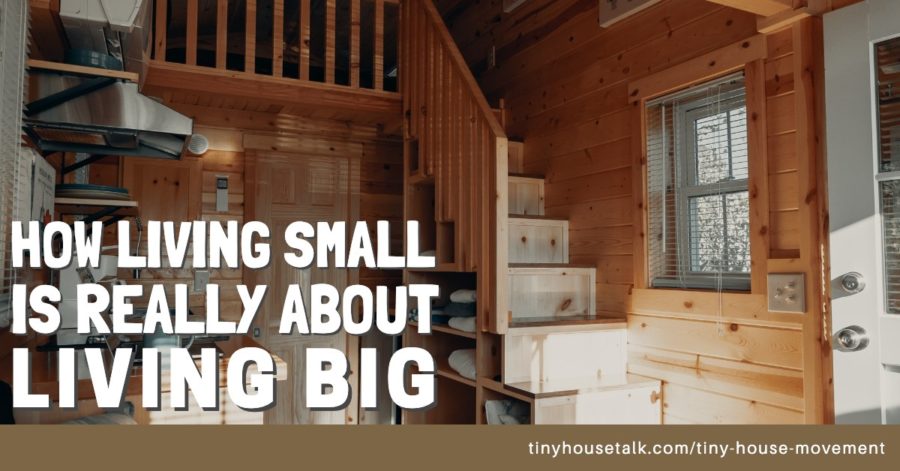
Many people think that living in a tiny house is all about sacrificing things and living with less. However, this isn’t necessarily true! In fact, many people who live in tiny houses find that they have more space than they need and that they don’t miss the things they thought they would. This is because living in a tiny house forces you to be more intentional with your belongings and your space. You can’t just accumulate stuff because you have the room for it. Instead, you have to carefully consider what you bring into your home. This can lead to a more clutter-free and simplified lifestyle. And for many people, that’s a huge plus!
The tiny house movement is all about downsizing for a purpose (your purpose). It gives people the ability to live more purposefully, follow their dreams, and do more of what’s important to them as individuals.
At the end of the day, a smaller and more affordable way of living can just give us that platform to be able to re-prioritize our lives the way we prefer them to be and this can be one of the biggest and most significant shifts in our lives.
What are some ways to simplify life?
Simply clean out the clutter from your present home… You can also reduce your workload or business responsibilities by figuring out how to be more efficient. Reduce your interactions. Reduce the number of times you cook food. Find ways to combine and sequence your activities to improve efficiency. Improve the quality and quantity of your meals. Make changes to improve your physical activity routines. Change how you think about things to simplify them even more!
How can a tiny house help you be you?
I’d like to conclude by stressing that the Tiny House Movement is also about getting to be more of yourself. It’s about freedom for ourselves and others. If you can figure out a way to build and live in a tiny house, it really can help simplify your life in a way that you can start more easily prioritizing what’s most important to you in your life in every aspect.
Tiny Homes to Alleviate Homelessness
Perhaps, while we’re at it, tiny houses might help fight global homelessness. Here are some organizations that are addressing the cause:
- Habitat for Humanity
- Caring House Project in Haiti
- Tiny Homes in San Bruno
- The Village Collaborative
- Dignity Village
- Occupy Madison
- Quixote Communities
- SquareOne Villages
Can families live in tiny houses?
Many families are choosing to downsize and live in tiny houses together. There are a few things to consider before making the switch, like whether your family will be comfortable living in close quarters and if you have enough storage space. But overall, there are plenty of benefits to living in a smaller, more affordable home as a family.
Some of the benefits of living in a tiny house as a family include saving money, spending less time cleaning, and spending more quality time together. There is also the added benefit of having a smaller ecological footprint and being able to teach your kids about living sustainably.
Of course, every family is different, so it’s important to figure out what will work best for you. But if you’re considering making the switch to a tiny house, it’s definitely worth exploring as an option.
What are some challenges of living in a tiny house?
There are a few challenges that come along with living in a tiny house. First of all, you have to be okay with living in close quarters. This can be tough for some people who are used to having more space.
Another challenge of tiny house living is that you have to be very organized and efficient with your storage. Since there’s limited space, you can’t just throw things into a closet or under the bed. Everything needs to have a place and you need to be mindful of how much stuff you’re bringing into your home.
Finally, it can be difficult to have guests over when you live in a tiny house. If you entertain often or have a large family, a tiny house might not be the best fit for you.
Overall, there are a few challenges that come along with living in a tiny house. But if you’re willing to sacrifice some space and learn to be more organized, it can be a very rewarding experience!
Do tiny houses lose value?
Just like any other home, a tiny house can lose value over time. However, since the market for tiny houses is still relatively new, it’s hard to say how much they will depreciate.
Overall, whether or not a tiny house will lose value depends on a number of factors. But if you’re careful with your purchase and maintain your home well, you should be able to sell it for a good price in the future.
Where are the best places to live tiny?
There are a few great places to live tiny! If you want to be close to nature, there are plenty of rural areas that would be perfect for a tiny house. For example, you could build your tiny house in the mountains, by the beach, or in the middle of a forest.
If you’re looking for a more urban environment, there are also a few cities that are friendly to tiny houses. For example, Portland, Oregon has a number of “tiny house villages” where people can live in small homes.
Overall, the best place to live tiny depends on your personal preferences. If you want to be close to nature, there are plenty of great options. But if you’re looking for a more urban environment, there are also a few cities that are friendly to tiny houses.
What are the top 10 most popular states for tiny houses?
- Oregon
- Washington
- California
- Colorado
- Texas
- Florida
- New York
- Pennsylvania
- Massachusetts
- Michigan
What are the top 10 most popular towns for tiny houses?
- Asheville, North Carolina
- Austin, Texas
- Boise, Idaho
- Boulder, Colorado
- Portland, Oregon
- San Diego, California
- Seattle, Washington
- Spokane, Washington
- Tacoma, Washington
- Tucson, Arizona
Learn more and get involved
Start your own tiny house community
One great way to get involved in the tiny house movement is to join or start a local tiny house community. These communities are a great way to meet other like-minded people and learn more about tiny house living.
Attend a tiny house gathering or workshop
Another great way to get involved is to attend a local tiny house workshop or build. These events are usually led by experienced tiny house builders and can give you a hands-on education in construction and design.
Talk to others about tiny houses
Finally, you can also get involved by simply talking to people about tiny houses! Educating others about the benefits of tiny living is a great way to spread the word, help grow the movement, and connect with others who are like-minded. Who knows, you may end up starting the next tiny house community!
Finding a way to live in your dream tiny house
Continue your journey of research to figure out what the perfect tiny house for YOU is. Whether it is a tiny house on wheels, a van conversion, a school bus build, a tiny home in a community, starting your own community or development, or just building your own cabin off-grid on your own land somewhere. Where do you see yourself?
Tiny house movement timeline: A brief history of tiny homes
This is a tiny house movement timeline… A brief history of tiny homes. How far back does the tiny house movement go? Some could argue that tiny homes have been here since the dawn of man. And it’s true, isn’t it? But for the purposes of this article, I’d like to start by skipping to the year 1854 because that’s the year that Henry David Thoreau published his book, Walden, after living in a 150-square-foot tiny cabin near Walden Pond on Ralph Waldo Emerson’s woodland property.
Little did he know, that he may be largely responsible for having sparked the giant tiny house movement that we are witnessing today. So please join me on a journey back in time, to explore the tiny homes of yesterday and see how they have inspired the tiny and small homes of today. And who knows, maybe we can figure out what the tiny homes of the future will be like? Let’s go…

FULL POST: Tiny house movement timeline: A brief history of tiny homes
Resources
- Tiny House Events: Festivals, Workshops, and Gatherings for 2022
- How Do I Get Zoning Passed for Tiny Houses in my Area?
- Tiny House Builders: List of Tiny Home Builders To Help You Build Tiny
- List of Tiny House Communities
- Van Conversion Companies: Build or Buy Your Dream Van
- List of New Zealand Tiny House Builders
- Tiny Houses For Sale Newsletter
- Tiny House Newsletter – Free 10-Day Course, Plans, and More
- Small House Newsletter
If you enjoyed this page on the Tiny House Movement you’ll LOVE our Free Daily Tiny House Newsletter with more!




